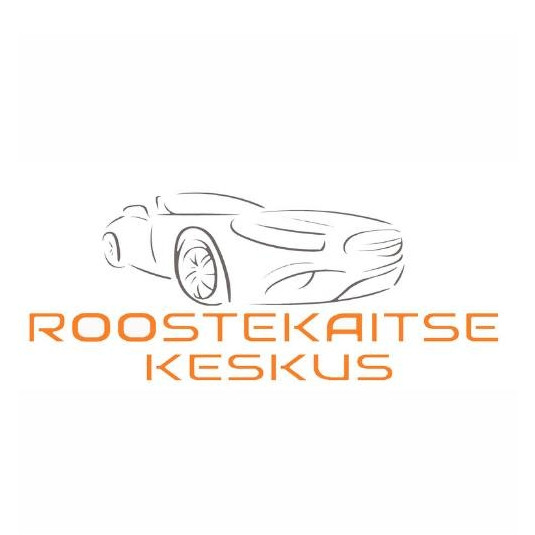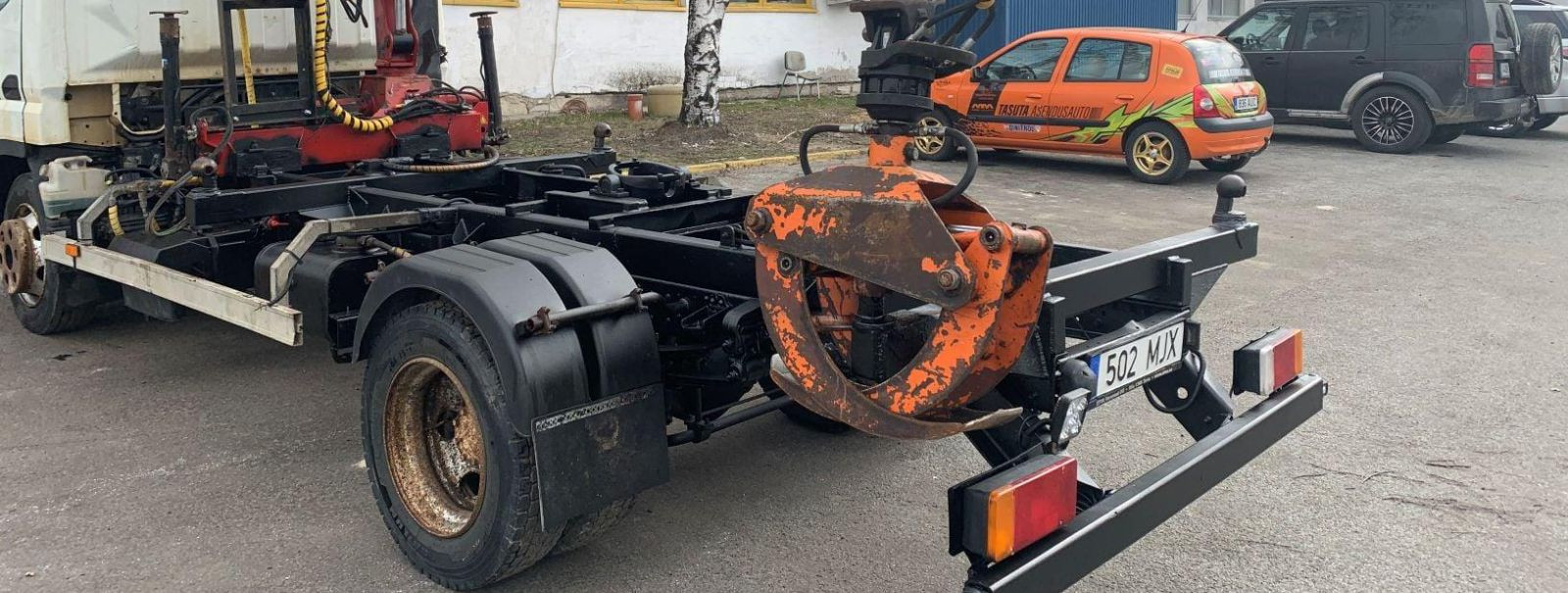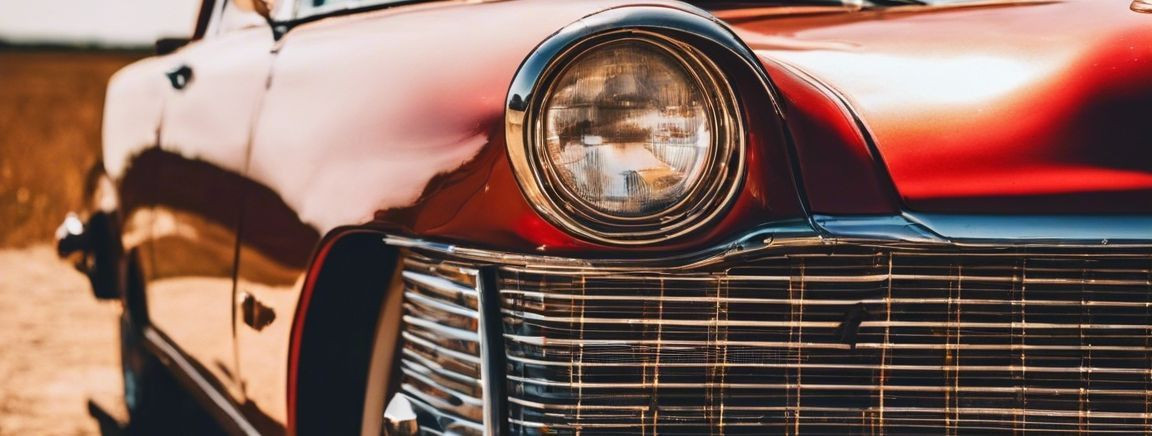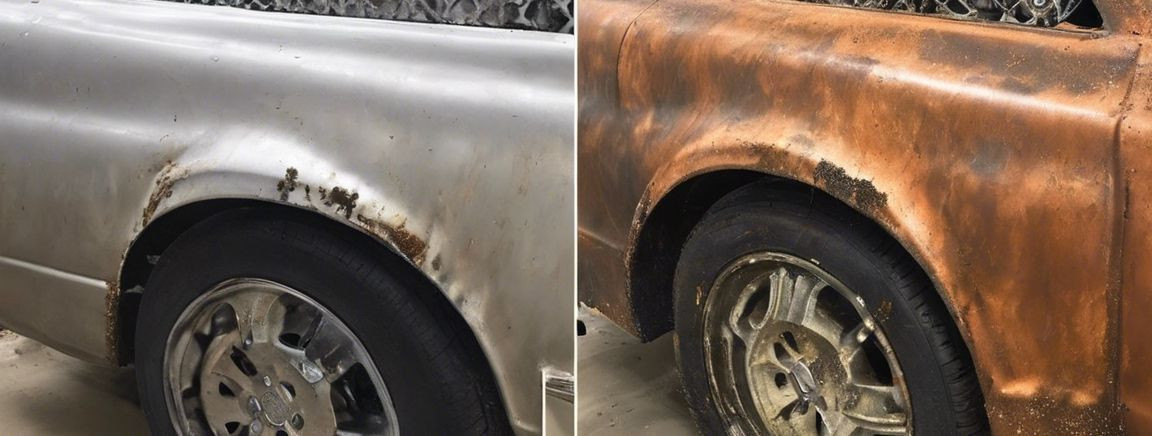5 signs your car needs rust protection
Rust is the bane of any vehicle's existence, a silent predator that can significantly diminish the value and integrity of your car. Understanding the causes and consequences of rust is the first step in combating this pervasive issue.
Rust, or iron oxide, occurs when iron, oxygen, and moisture combine. In the context of vehicles, this reaction can lead to the degradation of metal components, compromising both the appearance and structural integrity of your car.
Protecting your car from rust is not just about maintaining its aesthetic appeal; it's about preserving its safety, longevity, and resale value. Rust protection is an investment in the life of your vehicle.
Sign #1: Visible Rust Spots or Bubbles Under the Paint
One of the earliest indicators of rust is the appearance of small, brownish spots or blisters on the paint surface. These imperfections are a clear sign that rust is taking hold beneath the paint.
Ignoring these warning signs can lead to extensive damage, as rust continues to eat away at the metal, eventually causing holes and structural failure.
Sign #2: Rust Under the Car or Wheel Wells
The undercarriage of your car, including the wheel wells, is highly susceptible to rust due to its constant exposure to road debris, moisture, and salt.
Regular inspections of these areas can help catch rust early, before it spreads and causes more significant damage.
Sign #3: Paint Discoloration and Flaking
Paint acts as a protective barrier for your car's metal surfaces. When this barrier is compromised through discoloration or flaking, it can no longer protect against rust.
Areas where paint is peeling or flaking should be addressed promptly to prevent rust from forming and spreading.
Sign #4: Rust Around the Exhaust System
The exhaust system is another common area for rust, as it is exposed to high temperatures and corrosive exhaust gases.
Regular checks of the exhaust system can reveal rust formation, which should be treated immediately to avoid more serious issues.
Sign #5: Frequent Exposure to Salt and Moisture
Living in areas with harsh winters or coastal regions can increase your car's risk of rust due to the frequent exposure to road salt and sea spray.
Taking proactive steps, such as applying rust protection treatments, can greatly reduce the likelihood of rust damage.
Concerned about rust compromising your vehicle's integrity? Contact ALAI GROUP OÜ for expert rust protection solutions tailored to your needs.






Comments (0)